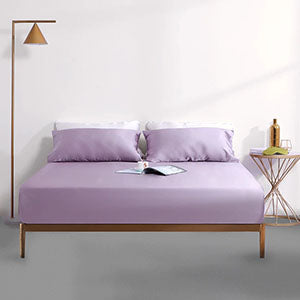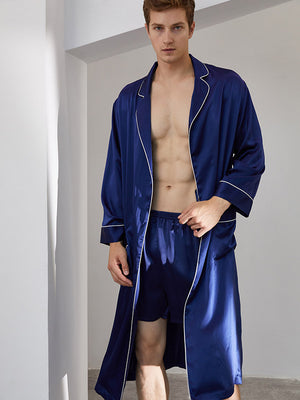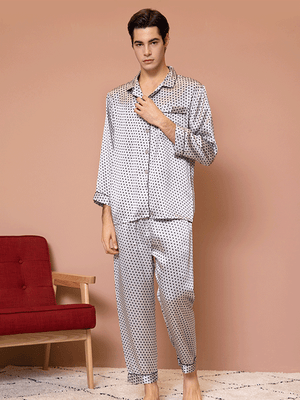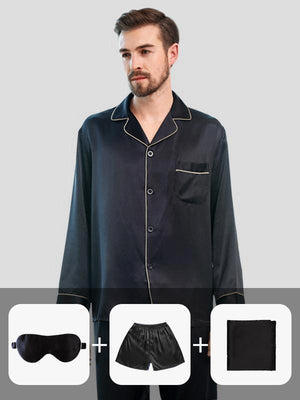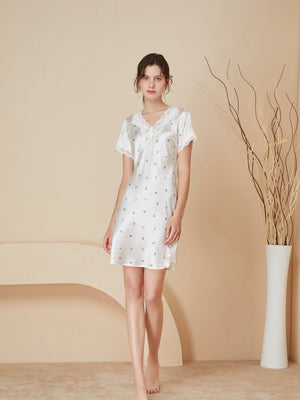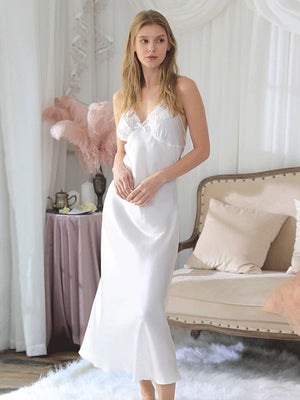Emerald Green Robe Silk: The Ultimate Symbol of Luxury and Elegance
- par {{ author }} wangfred
-

Imagine slipping into a garment that whispers opulence with every movement, its emerald green hue shimmering under the light like liquid gemstones. This is the magic of a robe crafted from silk—a fabric synonymous with royalty, artistry, and an unspoken promise of luxury. From ancient courts to contemporary runways, the emerald green robe silk has transcended eras, embodying both tradition and innovation. Let’s unravel the story behind this exquisite textile and discover why it remains an enduring icon of refinement.
A Fabric Steeped in History
Silk, often called the ‘queen of fabrics,’ has been coveted for millennia. Its origins trace back to ancient China, where legends speak of Empress Leizu discovering silkworms spinning cocoons in her garden. The process of harvesting silk—carefully unraveling the threads from silkworm cocoons—was a guarded secret for centuries, reserved for emperors and nobility. When silk finally journeyed along the Silk Road, it became a global symbol of wealth and power. The emerald green shade, derived from rare natural dyes, further elevated its status, as green pigments were historically challenging to produce and thus reserved for elites.
The Allure of Emerald Green
Emerald green is more than a color—it’s an emotion. Associated with vitality, renewal, and the lushness of nature, this hue has captivated cultures worldwide. In medieval Europe, emerald green robes were worn by aristocrats to signify prosperity, while in Asian traditions, green symbolized harmony and balance. When paired with silk, the color takes on a luminous quality, reflecting light in a way that no other fabric can replicate. The combination creates a garment that feels alive, shifting in tone with every subtle movement.
Crafting the Perfect Robe
Creating an emerald green silk robe is an art form. Master artisans begin with raw silk threads, which are dyed using techniques perfected over generations. Natural dyes, such as those derived from plants or minerals, are often preferred for their depth and longevity. The dyeing process requires precision: too little time, and the color lacks intensity; too much, and the delicate silk fibers may weaken. Once dyed, the fabric is meticulously woven, sometimes incorporating patterns like jacquard or brocade to add texture. The final step involves cutting and sewing the robe to ensure it drapes flawlessly, accentuating the wearer’s form without sacrificing comfort.
Modern Interpretations and Sustainability
Today, the emerald green silk robe is not just a relic of the past. Designers are reimagining it for the modern wardrobe, blending traditional craftsmanship with contemporary aesthetics. Ethical production practices have also gained prominence, with many artisans using eco-friendly dyes and sustainable silk sourced from ethical farms. These innovations ensure that the robe’s beauty doesn’t come at the cost of environmental harm. Moreover, its versatility shines—it can be worn as a statement piece at formal events or as a luxurious layer for intimate moments at home.
Why It Captivates the Senses
What sets the emerald green silk robe apart is its ability to engage all five senses. The eyes feast on its radiant color; the fingers revel in its smooth, cool texture; the ears detect the soft rustle of fabric moving against itself. Even the scent of silk, subtly earthy and clean, adds to the experience. Wearing it becomes a ritual, an act of self-celebration that connects the wearer to centuries of artistry and culture.
As the world races toward fast fashion, the emerald green silk robe stands as a defiant counterpoint—a reminder that true luxury cannot be rushed or replicated. It invites us to slow down, to cherish craftsmanship, and to embrace the extraordinary. Whether draped over a chair or wrapped around shoulders, this garment isn’t just worn—it’s lived in, loved, and passed down as a legacy. In a single piece, it captures the essence of timeless elegance, waiting to weave its magic into your story.

